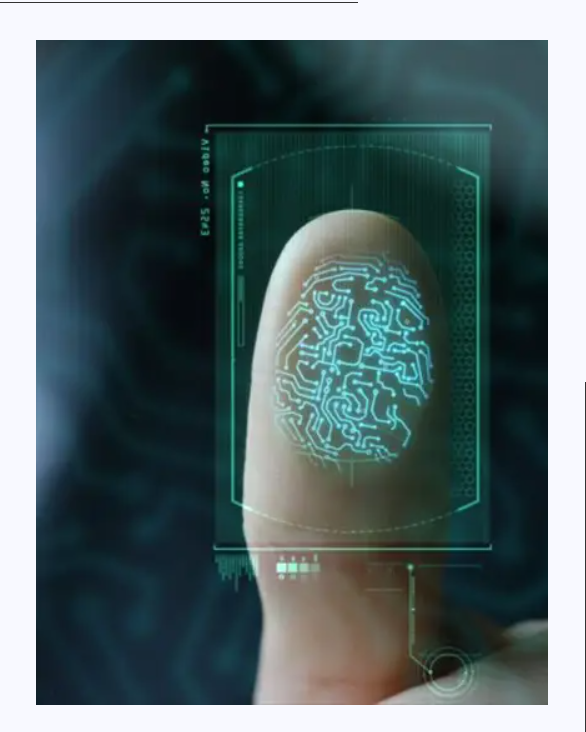In an era where cybersecurity threats are becoming increasingly sophisticated, traditional authentication methods are no longer enough. Enter voice verification system and liveness verification—two powerful technologies revolutionizing digital identity authentication.
What is Voice Verification?
Voice verification, also known as voice biometrics, is a biometric security process that identifies and authenticates users based on their unique voice patterns. Much like fingerprints or facial features, each person’s voice contains distinctive characteristics formed by physical and behavioral traits. These include pitch, tone, cadence, and accent, making voice a secure and natural identifier.
Unlike PINs or passwords, which can be forgotten or stolen, voice verification adds a strong layer of security that is hard to replicate. It's increasingly being used in call centers, banking apps, and other customer service platforms to provide seamless and secure user experiences.
The Role of Liveness Verification
While voice verification confirms identity, liveness verification ensures that the voice being analyzed comes from a real, live person and not a recording or synthetic voice. Liveness detection uses AI algorithms to analyze subtle cues like breath patterns, speech inconsistencies, and background noise, identifying attempts at spoofing or voice replay attacks.
Together, voice and liveness verification protect against fraudsters who might try to manipulate the system using deepfakes or pre-recorded audio clips.
Benefits of Combining Voice and Liveness Verification
-
Frictionless User Experience: Users can authenticate themselves in seconds without remembering complex passwords.
-
Enhanced Security: Dual-layer verification makes it difficult for hackers to gain unauthorized access.
-
Scalability: Voice verification systems can be easily integrated into mobile apps, IVR systems, and web portals.
-
Cost-Effective: Reduces the need for manual identity checks and improves operational efficiency.
Industries Embracing This Technology
Sectors such as finance, telecommunications, healthcare, and e-commerce are actively deploying voice and liveness verification to safeguard user data and improve customer satisfaction. From verifying callers in banking systems to enabling secure telehealth services, the use cases are vast.
Final Thoughts
As digital transformation accelerates, businesses must adopt innovative identity verification methods. Voice verification systems paired with liveness detection not only enhance security but also provide a faster, more intuitive user experience. By investing in these technologies, companies can stay ahead of cyber threats while delivering convenience and trust to their users.







